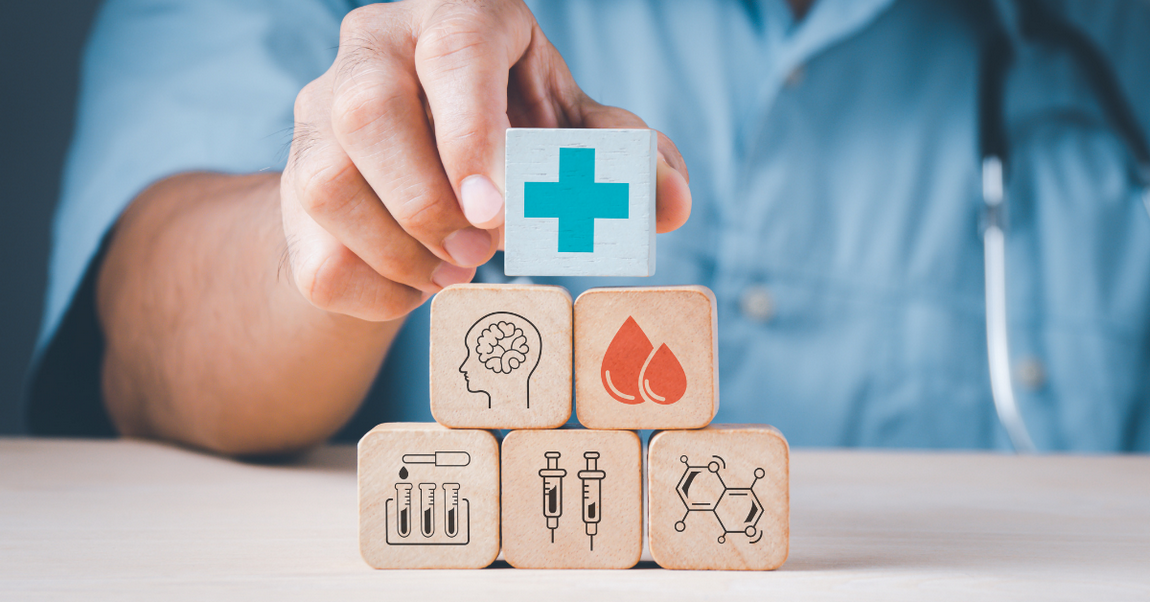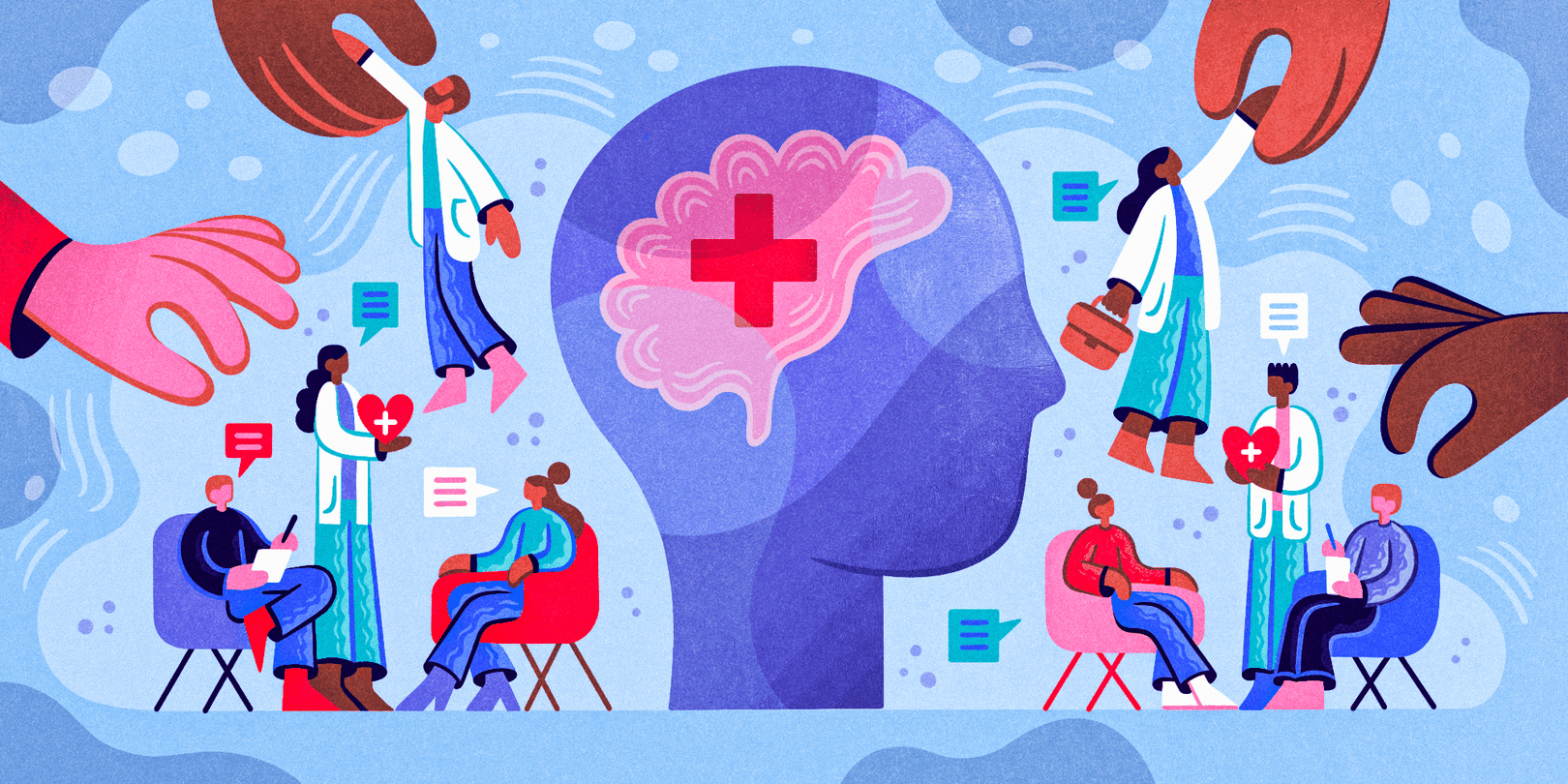According to the most recent international consensus declaration on blast in sporting activity, go back to play (RTP) after a child or teenager endures a sport trauma must be a detailed, graduated, exercise-limited, procedure which can begin after an initial period of 24-48 hours of both loved one physical and cognitive rest:
| Phase | Task | Objective |
| 1. Symptom-limited activity * | Daily activities that do not prompt symptoms | Gradual reintroduction of work/school tasks |
| 2. Light aerobic exercise | Strolling or fixed cycling at slow to medium rate. No resistance training | Rise heart rate |
| 3. Sport-specific workout | Skating drills in ice hockey, running drills in soccer. No head effect activities | Add activity |
| 4. Non-contact training drills | Development to more challenging training drills, e.g. passing drills in football and ice hockey; might start progressive resistance training | Exercise, control and increased thinking |
| 5. Full contact technique | Following clinical clearance, join regular training activities | Bring back confidence and allow mentoring staff to examine useful abilities |
| 6. Go back to play | Typical game play |
Read here knowconcussion At our site
- 1 day in between steps: Typically, each step must take a minimum of 24 hours, to make sure that, assuming the athlete does not experience a recurrence of trauma signs and symptoms at rest or with exercise as she advances with the workout program, she will certainly be able to return to sporting activities in concerning a week’s time after symptoms have
- cleared. Fall back if signs and symptoms return : If the student-athlete experiences a recurrence of trauma symptoms during any of the actions, they require to hang back to the previous level at which they were symptom-free, and try to proceed once more after a further 24-hour period of remainder has actually passed.
- 7-day waiting duration before beginning in lack of neurocognitive screening. In the lack of daily testing by a health care professional with blast know-how (licensed athletic fitness instructor, school/team/primary care/sports medicine physician, neuropsychologist) to remove a student-athlete to begin the graduated return-to-play method, a student-athlete should observe a 7 day rest/recovery duration before beginning the procedure. This implies that, for such athletes, go back to sports will certainly take at the very least 2 weeks. Some leading blast professionals, consisting of Dr. Rosemarie Scolaro Moser, a sports blast neuropsychologist included in the MomsTEAM PBS documentary, The Most Intelligent Team: Making Secondary School Football Safer, recommend that kids and adolescent take a minimum of three weeks off before returning to sports after a trauma.
State regulations on return to play differ
According to information launched in March 2016 by the National Athletic Trainers’ Organization, 44 percent of states now call for that a finished return-to-play protocol including at the very least 5 actions (without more than two steps happening on eventually) is carried out for athletes returning back to activity from a trauma, which is a 24 percent improvement from the 2014-2015 academic year.
California lately became the initial state to mandate a minimal 7-day waiting duration after a blast prior to a return to sporting activities for interscholastic professional athletes, and to call for the successful conclusion of a graduated return-to-play workout procedure managed by a medical care specialist which can only start as soon as a student-athlete is no longer experiencing trauma symptoms.
While a lot of the youth sports concussion security laws passed by the states since 2009 include broad language enabling any qualified medical care specialist to make the return-to-play choice, research studies reveal that many primary care physicians lack the knowledge needed to make go back to play decisions. Due to the fact that they have more training and experience in concussion diagnosis and administration, accredited sports trainers, group medical professionals, and neuropsychologists are generally the most effective qualified to make a decision when it is risk-free for an athlete to return to play.
Professionals warn that, while an estimated 80 to 90% of traumas heal spontaneously in the very first 7 to 10 days, kids and adolescents might require a longer rest period and/or prolonged period of non-contact workout than grownups, because their creating brains trigger them to experience a different physiological action to trauma than adults and take longer to recuperate, and they have various other particular risk variables, such as the threat of 2nd effect syndrome.
A number of recent researches recommend that concussed adolescents, perhaps even more than younger and older professional athletes, take longer to recuperate full cognitive feature and needs to be held up of play longer. One research found that concussed adolescents have trouble recovering the capacity for high level reasoning after injury and might call for prolonged recovery prior to complete recovery of so-called exec function is attained, with scientists at the University of Oregon and College of British Columbia discovering that exec function was interfered with in concussed adolescents for up to 2 months after injury when compared to healthy and balanced control subjects.
In practical terms, this more conservative approach implies that:
- Youngsters and teenagers must not, under any conditions, be enabled to go back to exercise or play till completely devoid of symptoms
- No return to use the exact same day as the injury, no matter competitive degree (as is currently the regulation in all 50 states); and
- Customizing elements (i.e. previous background of blast, discovering handicaps), handle more relevance in the investigation and management of blast.
Non-compliance is severe problem
In their desire to go back to the playing field, however, some senior high school athletes fail to adhere to return-to-play standards. A 2009 research by scientists at Nationwide Kid’s Hospital in Columbus, Ohio, as an example, found that at least 40.5% and 15.0% of athletes who maintained concussions returned to play too soon under the now-outdated American Academy of Neurology (AAN) and afterwards current Zurich return-to-play guidelines.
A 2011 study however, revealed for the very first time the crucial duty electronic neuropsychological testing is playing in blast evaluation and RTP choices. Professional athletes that had taken a pre-season, baseline ImPACT digital neuropsychological test, and took the ImPACT examination again after thought concussion were less likely to go back to play on the very same day, and less likely to return to play within a week of their injury, than the 3 out of 4 hurt professional athletes that did not undertake such screening.
The authors suggested three feasible factors:
- that the electronic examinations are extra reputable in assessing whether an athlete’s cognitive functioning had returned to standard than self-reporting by professional athletes of signs and symptoms (which, in the interest of a fast go back to play, an athlete may downplay or fail to report completely)(a hypothesis which was validated in a extra current research study;
- that using such examinations by those offering concussion administration leads them to be more conventional in return-to-play choices; and
- that neurocognitive screening is utilized more frequently in cases of severe blasts that require prolonged recovery times prior to go back to play.
Post-exercise neurocognitive screening advised
A 2013 research study of concussed student-athletes who reported no symptoms and had gone back to baseline on computerized neurocognitive examinations taken prior to beginning the finished return to sports procedure, located that more than a quarter (27.7%) showed declines in spoken and aesthetic memory on the examinations after modest workout.
The findings triggered sports blast neuropsychologist Neal McGrath, Ph.D. of Sports Blast New England and his coworkers to recommend that neurocognitive screening come to be an integral component of the athletic instructor’s post-exertion examination procedure and that student-athletes must not be cleared for full get in touch with activity until they are able to show security, specifically in memory performance, on such post-exertion neurocognitive blast screening.
Provided the unreliable nature of self-reported signs in athletes, a team usually inspired to go back to play and minimize signs and symptoms, the level of sensitivity of computerized neurocognitive testing to incomplete recuperation and the importance of determining any kind of indications that an athlete may not stay secure in his/her baseline working prior to go back to speak to sporting activities action, post-exertion neurocognitive screening appears to be a logical device to take into consideration.
Our reasoning, said McGrath, is that since workout is known to trigger recurrence of signs and symptoms in some athletes who may not be fully recovered, and since neurocognitive testing has actually been shown to disclose persisting cognitive deficits in professional athletes who say or feel that they are symptom-free any kind of significant decline in post-exercise cognitive test scores for those athletes that have actually gotten to the point of sensation totally symptom-free, with relaxing neurocognitive scores that are back to baseline, would certainly show that even more healing time is required before going back to call sports action. We would follow those professional athletes up until their post-exercise neurocognitive test ratings continue to be stable at standard levels prior to removing them to go back to play.
As young athletes have a tendency to consider only a tiny subset of their possible signs and symptoms when reporting their healing or saying they are back to regular after trauma caution is advised in taking into consideration professional athletes’ self-reported symptoms in their return-to-play decisions, and the same caution is required in counting exclusively on neurocognitive test ratings having returned to typical prior to the graduated exercise procedure is begun.
Without a doubt, a current study of concussed student-athletes that reported no symptoms and had actually returned to standard on digital neurocognitive examinations taken prior to starting the finished workout method, located that greater than a quarter showed declines in verbal and visual memory on the tests after modest workout, triggering a referral that student-athletes not be gotten rid of for complete contact task until they have the ability to demonstrate stability, particularly in memory performance, on neurocognitive concussion screening executed after the workout method is begun. While this was just one research study, added post-exercise neurocognitive screening might ultimately come to be an integral part of the RTP method.
 Go back to Play After Trauma Is Step-By-Step Refine |
